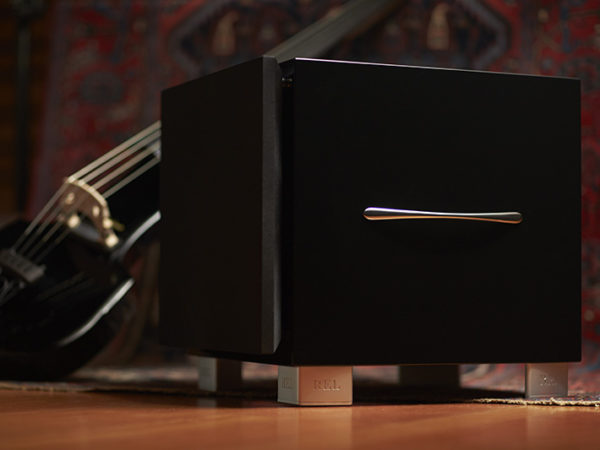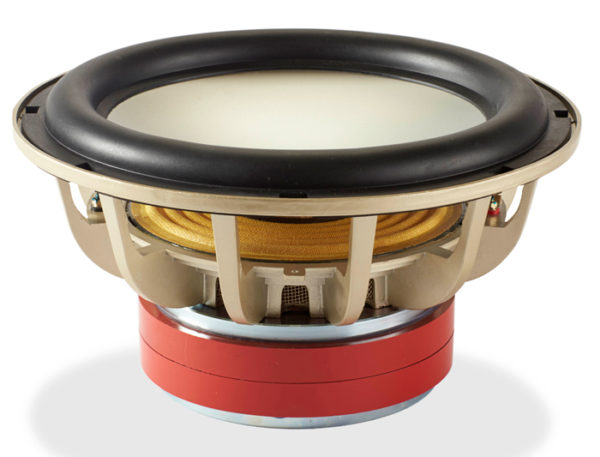Blog
Musical RELs
The Secret to REL Subwoofers
 For as long as REL have been around, we have received plaudits for the musicality of our subs. Surely it’s not an accident. As to the how and the why of RELs sounding so natural, it comes down to just one thing: Everything.
For as long as REL have been around, we have received plaudits for the musicality of our subs. Surely it’s not an accident. As to the how and the why of RELs sounding so natural, it comes down to just one thing: Everything.
Solely Focused:
It starts with our purpose. You see, the meat of the subwoofer market is aimed squarely at making big (often boomy and sometimes not very deep) theatre bass. We set out to build the best sounding, fastest, most natural sounding deep bass in the world; a vast difference in intent.
Well Connected:
We begin with how we connect to your system. Virtually everyone else directs you to the exclusive use of Low Level RCA-RCA (or XLR-XLR low level) connections. Whereas we have developed extremely sophisticated, but mathematically elegant High Level inputs that permit the back half of your main system, which includes the sound of your power amp, and even the interconnects between the electronics, to be fed forward in the way our sub voices into your system. Are you using a wonderful sounding tube amplifier fed by a quality turntable? No issue, the REL naturally adapts itself because this warmly, enveloping sound is what is being into our input. How about an extremely fast, high current solid state Class A/B amplifier? Again, the REL will instantly adopt this faster, more direct character because, in both instances, the REL is seeing the totality of your system, not simply the front half ending at one’s preamp. It’s an important part of us thinking differently and obtaining superior results.
Filter It Simply:
But, while many get it wrong and say it’s all down to our High Level Inputs, that’s actually just the beginning. By working to capture the signature of your power amp and interconnects it forces our engineers to develop faster filters. Why? Because what good is a great interface if it’s all given away in the filtering?
Amplify This:
So we progress down the chain–literally–from input through input filtering and thence onto our power amps which are both high in current and very, very fast (there’s that speed thing again). Our amps are also extremely reliable and get the job done. While we’re on it, some people look at the specs we publish and those of our competitors and ask why REL doesn’t use more power? Even our own HT’s (our newer Home Theatre-specific models) deliver far more power, needed for very loud home theatre effects but, frankly, perhaps more than the average family need ever hear at home. But those models do not receive the complex filters nor expensive inputs needed to perform music perfectly. The amps in our classic lines of products are purpose developed for musical application first, theatre very slightly behind in our prioritization.
Drive This:
Once the signal has wound its way through all the electronic bits and bobs, sound emerges from our drivers. We work so very hard to keep moving mass down on our drivers and the results show up in the quickness, detail and –surprisingly–in the low bass RELs are known for. It’s that combination of sudden, very clear deep bass that is the REL signature. Even the rare competitor who delivers truly deep bass does so at a cost. Speed. And because fast, clear bass is what we experience in real life, once heard it is extremely addictive. Like the genie, it’s hard to put back in the bottle.
So there you have it, like pulling on a stray piece of wool in a sweater, I have given away the kingdom’s secrets in just a few short paragraphs. Of course, the devil lies in the details so it’s safe to say our secret’s still intact. There is also this, after almost thirty years focused on doing one thing well, one becomes expert. REL have been very good at this difficult thing; making musically consistent subwoofers, ones that enrich even the finest of systems for a very long time. In a world that prides itself on frivolous updates being pushed at one every other week, it is comforting to know that the best at their craft just keep coming back to work every day making it a little better time after time.











